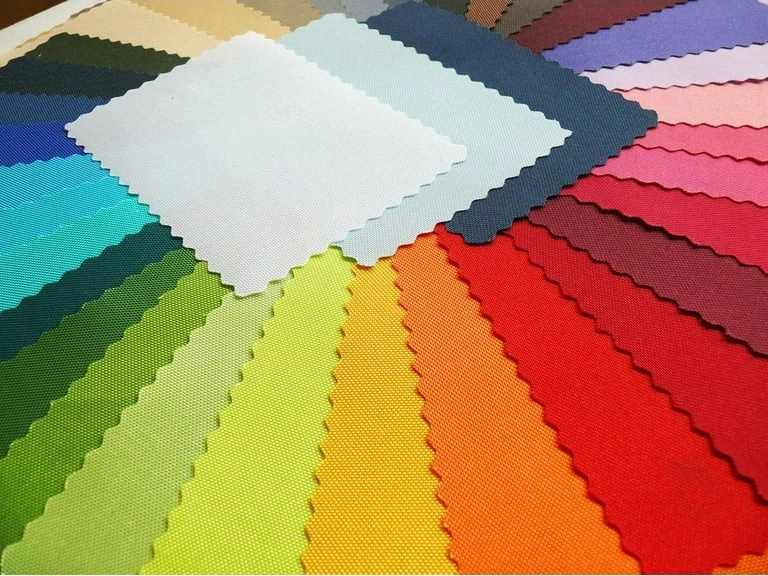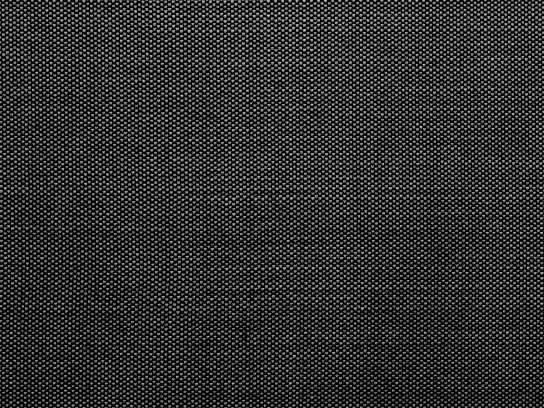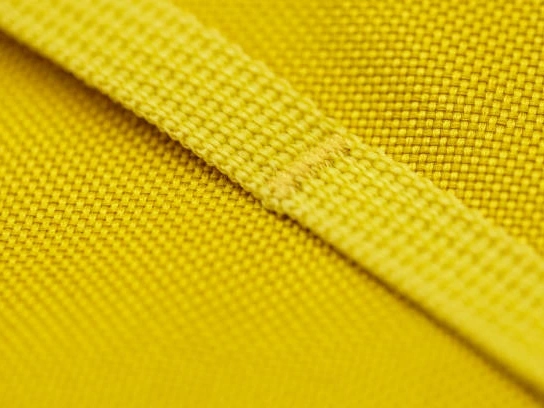Today, we’re going to take a closer look at a material you’ve probably seen but don’t know much about: 600D Oxford. This versatile material is a top choice for everything from backpacks to outdoor gear, and for good reason. We’ll explore what makes it unique, compare it to other fabrics, and help you understand why it’s so widely used.
What is 600d Oxford Fabric?

When you see a fabric with the words “600D” on it, it refers to its denier. Denier is a unit of measurement that describes the mass density of a fiber’s linear mass, which is the weight in grams of 9,000 meters of that fiber. So, for a 600D Oxford, it means that 9,000 meters of that fiber weighs 600 grams. The higher the denier, the thicker, stronger, and more durable the fabric is, but that’s not the only factor.
What Are the Grades of Oxford Fabric?

Oxford fabric isn’t a one-size-fits-all material; it comes in various grades, each suited for different applications. These grades primarily differ in their denier count and the type of yarn used, which directly impacts their strength, weight, and overall performance. Understanding these variations is key to choosing the right Oxford fabric for your needs.
| Denier | Typical Applications | Characteristics |
|---|---|---|
| 150D-300D | Mid-range in terms of weight and durability, it offers a good balance of strength and flexibility. 600D Oxford fabric falls perfectly into this versatile category. | Lining for bags, lightweight apparel, and umbrella fabric |
| 420D-600D | Backpacks, luggage, outdoor gear, pet beds | Heavy-duty bags, industrial covers, and outdoor furniture |
| 900D-1200D | Heavy-duty bags, industrial covers, outdoor furniture | Very strong and durable, designed for demanding applications where high abrasion resistance is required. |
| 1680D (Ballistic Nylon) | High-end luggage, military applications | Extremely robust and tear-resistant, often made with a basket weave for superior strength. While sometimes categorized with Oxford, it’s typically a much stronger, specialized fabric. |
Is 600d Oxford Fabric Good?

Absolutely! 600D Oxford is widely considered a very high-quality fabric, especially because of its combination of durability, affordability, and versatility. It strikes an excellent balance, being strong and durable without being too heavy or stiff. This makes it ideal for a variety of products that are subject to frequent use.
Its popularity stems from a variety of factors. It is strong enough to handle the rigors of everyday life, making it ideal for school bags, carry-on luggage, and even some lightweight outdoor gear. In addition, 600D Oxford is usually coated with PVC or PU on the back, which significantly enhances its water resistance, which is crucial for many applications. We think it is a reliable and durable fabric that provides stable performance at an affordable price.
What Are the Key Features and Benefits of 600d Oxford Fabric?

600D Oxford fabric boasts a compelling set of features and benefits that contribute to its widespread use across various industries. When we consider its practical applications, these characteristics are precisely what make it such a reliable and cost-effective choice. Let’s break down what makes this fabric so appealing.
Key Features:
- High Denier Count (600D): As we discussed, the “600D” signifies a substantial fiber density, contributing directly to the fabric’s strength and resilience.
- Basket Weave: Oxford fabric is known for its distinct basket weave pattern, where two or more warp threads are woven over and under two or more weft threads. This unique weave contributes to its durability and gives it a slightly textured appearance.
- PU or PVC Coating (Commonly): Many 600D Oxford fabrics feature a polyurethane (PU) or polyvinyl chloride (PVC) coating on one side. This coating significantly improves the fabric’s water resistance and can also add to its overall stiffness and tear strength.
- Variety of Colors and Prints: Due to its synthetic nature, 600D Oxford fabric can be easily dyed and printed, making it available in a vast array of colors and patterns to suit different aesthetic requirements.
- Relatively Lightweight: Despite its durability, it’s not excessively heavy, making it suitable for items where weight is a consideration, such as backpacks.
Benefits:
Versatility: Its combination of strength, water resistance, and aesthetic options allows it to be used in a wide range of products, from everyday items to more specialized gear.
Durability and Abrasion Resistance: The high denier and strong weave make 600D Oxford fabric highly resistant to tearing, scuffing, and general wear and tear, ensuring a long lifespan for products made from it.
Water Resistance (with coating): The common PU or PVC coating makes this fabric excellent at repelling water, protecting the contents of bags or gear from moisture. This is a significant advantage for outdoor and travel items.
Easy to Clean: Its smooth surface, especially when coated, makes it relatively easy to wipe down and clean, which is a practical benefit for items that get a lot of use.
Affordability: Compared to some other high-performance fabrics, 600D Oxford fabric offers excellent value for money, providing strong durability without a hefty price tag.
What is the Strongest Oxford Fabric?
When we talk about the “strongest” Oxford fabric, we’re typically looking at materials with the highest denier counts, as a higher denier generally correlates with increased strength and durability. While 600D Oxford fabric is very strong and versatile, there are even more robust options available for applications demanding extreme resilience.
The strongest Oxford fabrics often reach deniers of 900D, 1200D, and even 1680D. These super-heavy-duty fabrics are engineered for maximum toughness and abrasion resistance. They are commonly found in:
Industrial-grade bags and covers: Where materials need to withstand harsh environments and heavy loads.
High-end luggage and military equipment: Where tear and puncture resistance are paramount.
Outdoor furniture covers: Designed to endure prolonged exposure to the elements and rough handling.
It’s important to note that at the highest deniers, especially 1680D, the fabric may sometimes be referred to as “ballistic nylon” or “ballistic Oxford.” While technically a type of Oxford weave, ballistic nylon is specifically designed for extreme durability and often incorporates a different type of yarn for even greater strength. So, while 600D Oxford fabric is excellent for most consumer goods, when you need the absolute maximum in strength, you’ll be looking at these higher denier variants.
Which is Better, nylon or Oxford Fabric?

This is a common question, and the answer isn’t as straightforward as one being universally “better” than the other. Both nylon and Oxford fabric are popular choices for similar applications, and often, Oxford fabric itself is made from nylon (or polyester). The key distinction often lies in the weave pattern and the specific type of fibers used. We can break down their characteristics to help you understand when to choose one over the other.
| Feature | Nylon Fabric | Oxford Fabric (often nylon or polyester) |
|---|---|---|
| Material Composition | Always made from nylon fibers. | Can be made from nylon or polyester fibers. |
| Weave Pattern | Can vary widely (plain weave, ripstop, twill, etc.) | Characterized by its specific basket weave pattern. |
| Strength-to-Weight Ratio | Generally excellent; nylon is known for its high tensile strength. | Very good, especially at higher deniers like 600D. |
| Water Resistance | Inherently water-resistant; can be enhanced with coatings. | Often enhanced with PU/PVC coatings for good water resistance. |
| Abrasion Resistance | Excellent. | Excellent, particularly at higher deniers due to the weave. |
| UV Resistance | Generally less resistant to UV degradation than polyester. | Varies depending on whether it’s nylon or polyester Oxford; polyester Oxford is better in UV. |
| Drying Time | Dries relatively quickly. | Dries relatively quickly. |
| Feel/Drape | Can be soft and flexible depending on weave/denier. | Often has a slightly stiffer hand, especially with coatings. |
| Cost | Can be more expensive for high-performance variants. | Generally offers good value for its durability. |
| Common Uses | Performance apparel, climbing gear, tents, parachutes, ropes. | Backpacks, luggage, outdoor covers, pet products, workwear. |
Conclusion
600D Oxford fabric stands out as a true workhorse, offering an exceptional blend of durability, water resistance, and affordability. Its widespread use in everything from school bags to outdoor gear is a testament to its reliability and versatility. While there are stronger fabrics and lighter ones, the 600D Oxford fabric hits a sweet spot that makes it ideal for a vast array of everyday and moderately demanding applications.
Do you have any experiences with 600D Oxford fabric you’d like to share, or perhaps another fabric you’re curious about? Let us know in the comments below!
